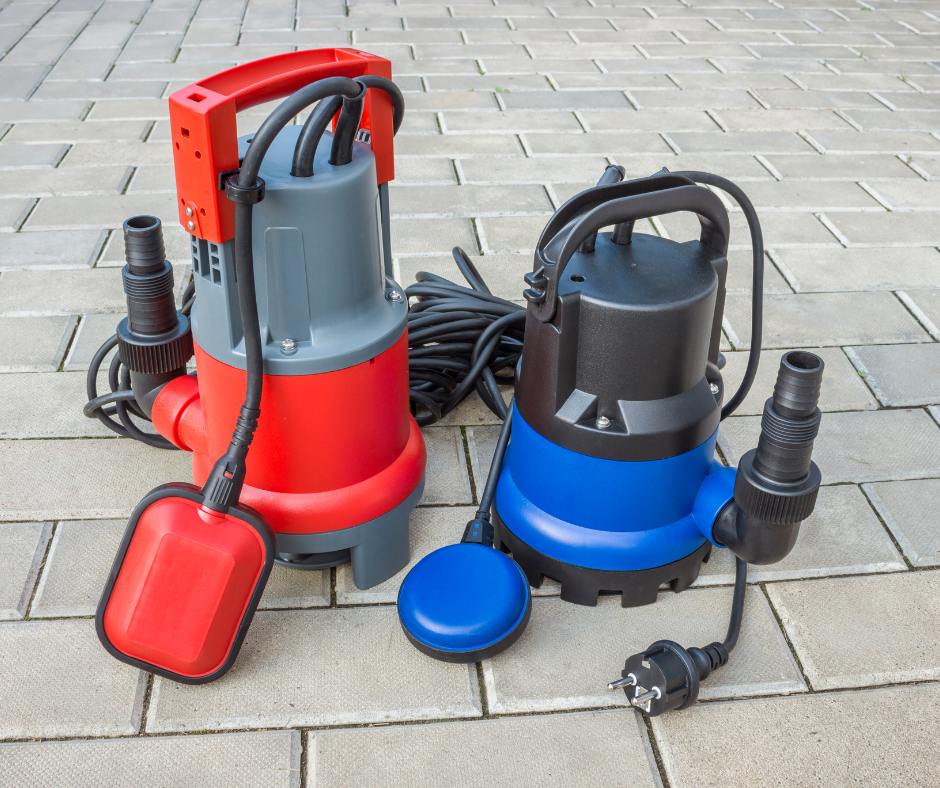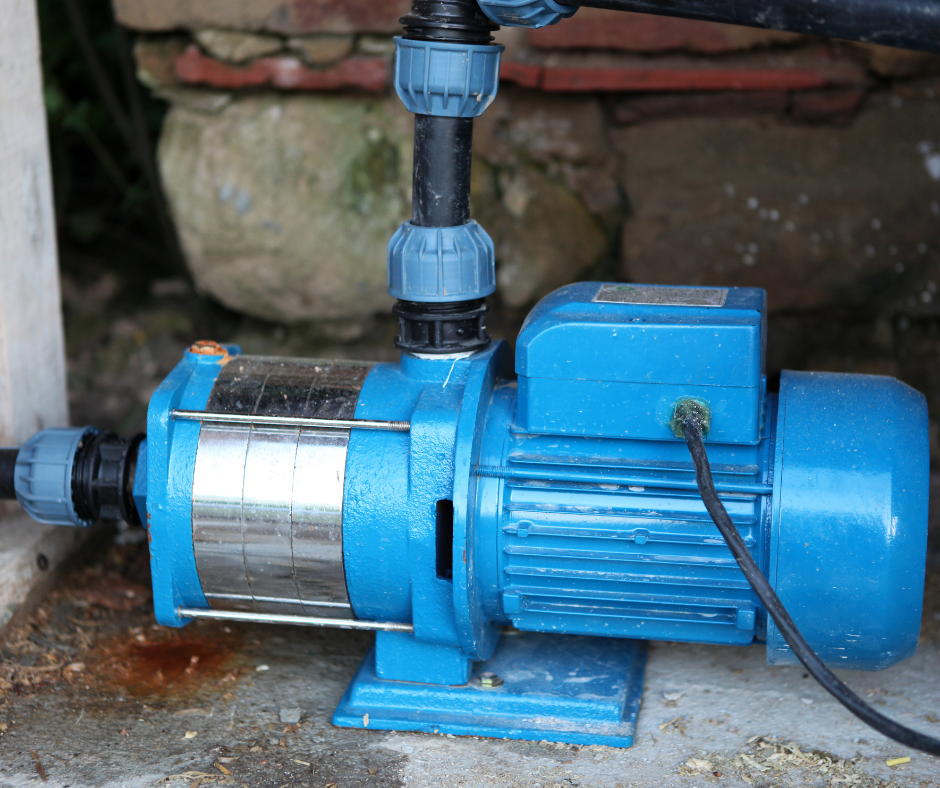A sump pump check valve is a small but crucial component in your home’s drainage system. It ensures that water flowing out of your sump pump discharge doesn’t flow back into your system, safeguarding your basement and foundation from water damage. This guide will break down everything you need to know about check valves, from their function to common issues and maintenance tips.
What Is a Sump Pump Check Valve?

A check valve is a one-way valve installed in the discharge pipe of a pump system. Its main function is to prevent water that has already been pumped out from flowing back into the pit when the system shuts off. Without this crucial component, water could return to the pit, causing the pump to work harder and shortening its lifespan.
This valve operates with a spring-loaded or angled seat mechanism, opening when the system activates and closing securely when it stops. This design ensures efficiency and helps protect your home from potential water damage.
Why Is a Check Valve Important?
A check valve is a crucial part of pump systems, providing several benefits to protect your home and improve the system’s efficiency. By preventing water in the discharge pipe from flowing back into the sump pit, it helps avoid flooding and reduces the strain on the pump. This lowers the frequency of pump cycles, minimizing wear and extending its lifespan. A good check valve stops loud noises from water hammering when the pump turns off. This helps keep things quieter.
Types of Valves

Sump pump check valves come in various types, each offering unique features to suit different needs. Spring-loaded valves use a spring mechanism to close quickly and securely, making them both quieter and more reliable. Angled seat valves are designed to reduce resistance, ensuring smoother water flow while minimizing noise and wear. Homeowners who hear loud clunking sounds when their pump shuts off can find relief. Quiet sump pump valves are designed to reduce noise. They offer a more peaceful solution for your home.
Common Problems with Check Valves
- Loud Clunking Noises: If your sump pump check valve produces loud clunking sounds, it may not be closing properly. Upgrading to a quiet sump pump valve can resolve this issue.
- Leaking: A leaking valve could indicate a poor seal or damage to the valve. Ensure the valve is fully closed and inspect it for wear.
- Improper Installation: If the valve isn’t installed correctly, it may fail to function, leading to backflow and potential flooding.
How to Install a Sump Pump Check Valve
Installing a valve is relatively straightforward:
- Turn Off the Pump: Always disconnect power before starting any work.
- Choose the Right Location: The valve should be installed in the discharge pipe above the sump pump.
- Cut the Pipe: Use a saw to cut the discharge pipe where the valve will be placed.
- Install the Valve: Attach the valve to the pipe, ensuring it is oriented correctly to allow water to flow out but not back in.
- Secure the Connections: Tighten all clamps to prevent leaks.
- Test the System: Turn the pump back on and observe the water flow to ensure the valve is functioning properly.
Maintenance Tips for Check Valves
Proper maintenance of a sump pump check valve is essential to ensure its efficient operation. Regular inspections should be conducted to identify signs of wear or damage, such as leaks or corrosion. Cleaning the valve is also important, as debris can accumulate over time and hinder its performance. If the valve shows significant wear or fails to function correctly, it should be replaced promptly to maintain the reliability of the sump pump system.
While many homeowners can install or replace a check valve themselves, some situations call for professional assistance. If you’re unsure about the installation process or dealing with recurring issues like loud clunking or backflow, it’s best to contact a licensed plumber. Professionals can ensure the valve is installed correctly and optimize your system’s performance.
Your check valve is essential for maintaining an efficient and quiet drainage system in your home. By preventing backflow, reducing noise, and extending the life of your pump, this small component plays a big role in protecting your home from water damage. Regular maintenance and proper installation are key to ensuring it functions as intended. If you have any questions or need assistance with your sump pump system, reach out to Evergreen Plumbing today for expert advice and service.